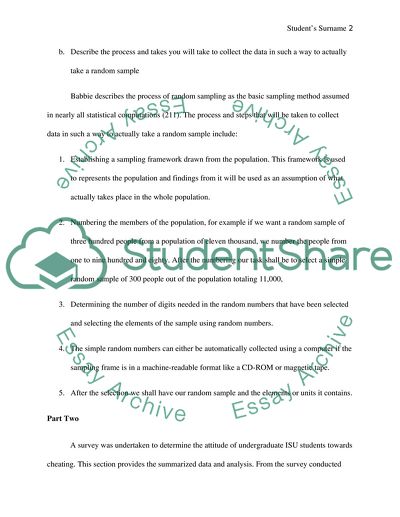Cite this document
(“Project 3 Essay Example | Topics and Well Written Essays - 1750 words”, n.d.)
Project 3 Essay Example | Topics and Well Written Essays - 1750 words. Retrieved from https://studentshare.org/statistics/1607113-project-3
Project 3 Essay Example | Topics and Well Written Essays - 1750 words. Retrieved from https://studentshare.org/statistics/1607113-project-3
(Project 3 Essay Example | Topics and Well Written Essays - 1750 Words)
Project 3 Essay Example | Topics and Well Written Essays - 1750 Words. https://studentshare.org/statistics/1607113-project-3.
Project 3 Essay Example | Topics and Well Written Essays - 1750 Words. https://studentshare.org/statistics/1607113-project-3.
“Project 3 Essay Example | Topics and Well Written Essays - 1750 Words”, n.d. https://studentshare.org/statistics/1607113-project-3.


